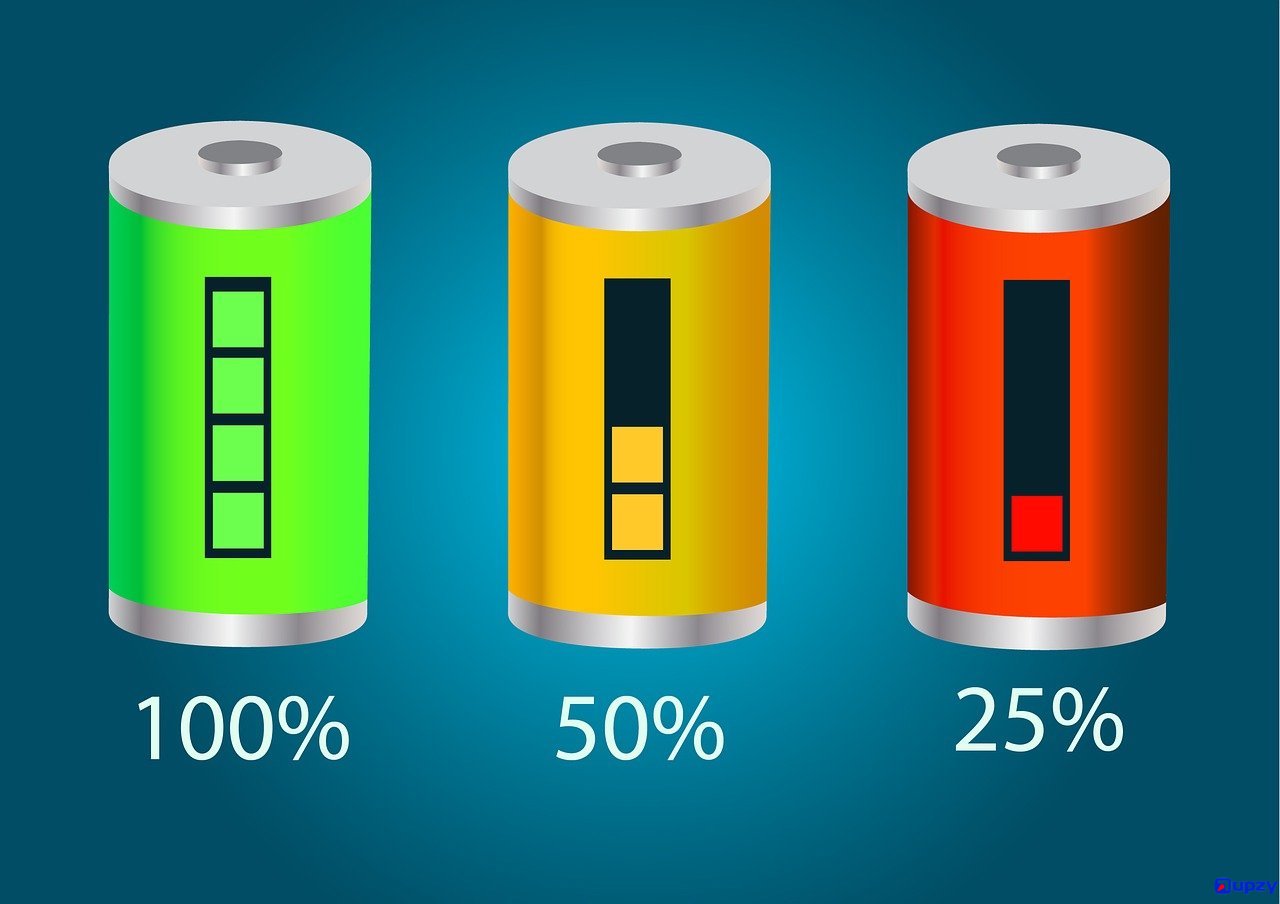
Lithium vs Sealed Lead Acid (SLA) Batteries On An E-Bike
Lithium batteries and sealed lead acid (SLA) batteries are two common types of rechargeable batteries used in electric bikes.

Here are some key differences between them:
- Chemistry: Lithium batteries use lithium-ion or lithium-polymer chemistry, while sealed lead acid batteries use lead-acid chemistry.
- Energy Density: Lithium batteries have a higher energy density compared to sealed lead acid batteries. This means that lithium batteries can store more energy per unit weight or volume, resulting in a lighter and more compact battery pack for electric bikes.
- Weight: Due to their higher energy density, lithium batteries are significantly lighter than sealed lead acid batteries. This weight advantage is particularly important for electric bikes, as reducing the overall weight can improve performance and extend the range.
- Cycle Life: Lithium batteries generally have a longer cycle life than sealed lead acid batteries. Cycle life refers to the number of charge-discharge cycles a battery can undergo before its capacity significantly degrades. Lithium batteries can typically handle several hundred to a few thousand cycles, while sealed lead acid batteries may only endure a few hundred cycles.
- Charging Time: Lithium batteries have shorter charging times compared to sealed lead acid batteries. Lithium batteries can be charged more quickly, allowing for shorter charging intervals and faster turnaround times for electric bike riders.
- Maintenance: Sealed lead acid batteries require regular maintenance, including checking and adjusting electrolyte levels, whereas lithium batteries are maintenance-free. Lithium batteries do not require water refilling or equalization charges, making them more convenient in terms of upkeep.
- Cost: Lithium batteries are generally more expensive than sealed lead acid batteries. However, the price difference has been reducing over the years as lithium battery technology becomes more widespread and affordable.
Overall, lithium batteries offer several advantages over sealed lead acid batteries for electric bikes, including higher energy density, lower weight, longer cycle life, shorter charging times, and reduced maintenance requirements.
However, the choice between the two depends on factors such as budget, desired performance, and specific application requirements.
Check out our Parts & Accessories collection here, and our battery pack collection here.




